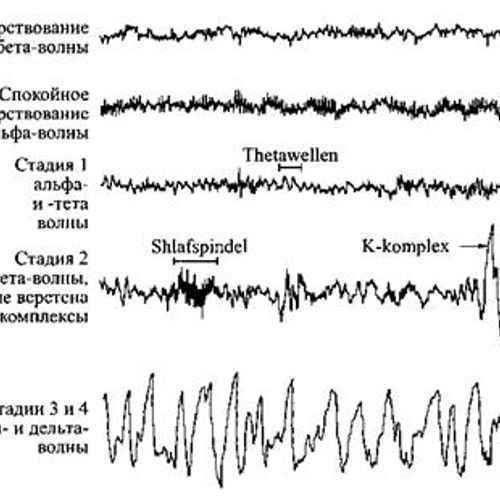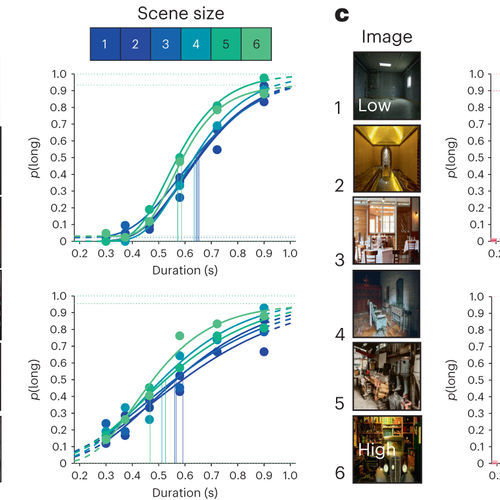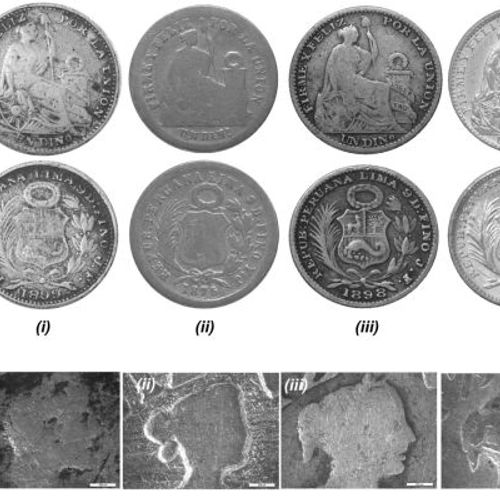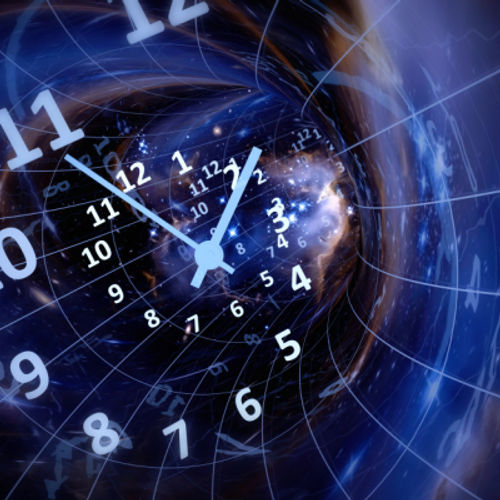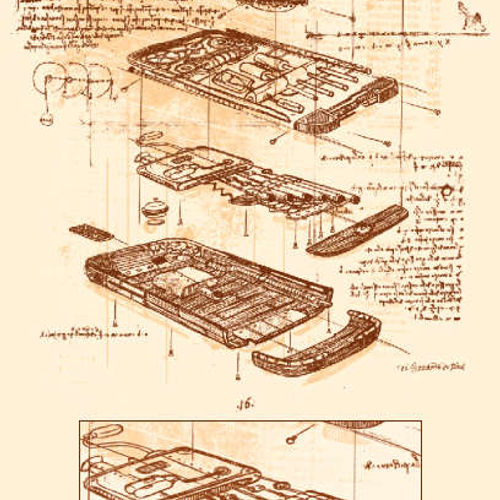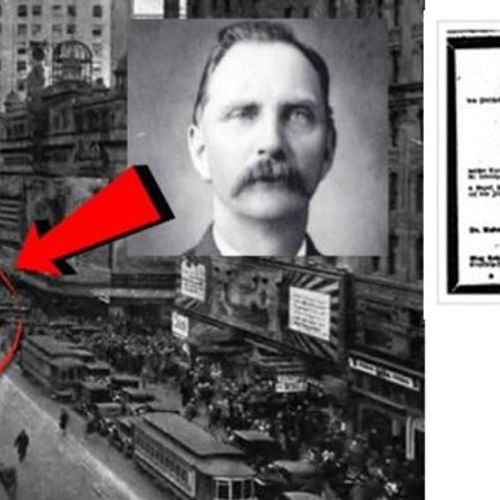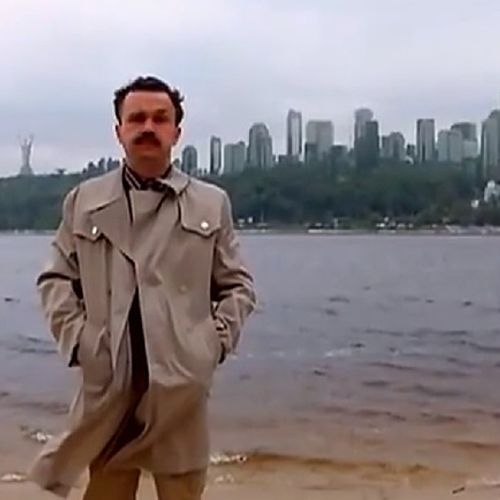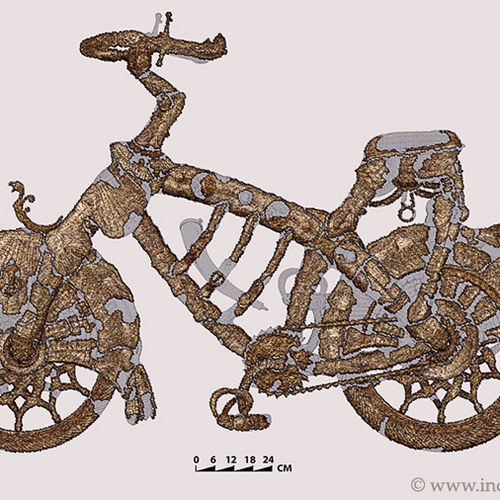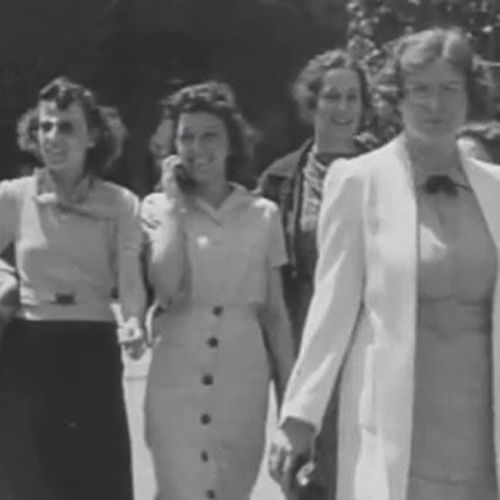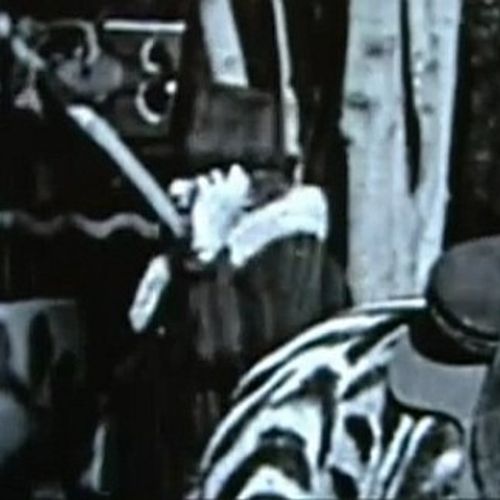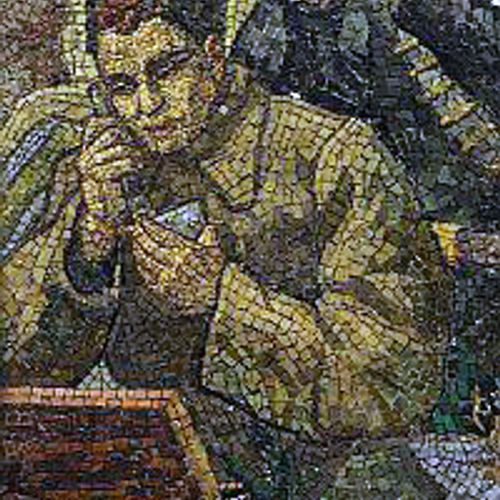
| Added | Wed, 05/10/2016 |
| Hierarchy | |
| Область распространения | All over the world |
| Характерные признаки |
→
→
→
→
→
|
Temporary anomalies are one of the most rare phenomena, but they are among the five most discussed.
Time is a conditional comparative measure of the movement (flow) of physical and mental processes, which is a condition for the possibility of change.
Two conclusions follow from this definition, which are important for understanding the nature of time and temporal anomalies:
- Time is a measure of comparing the speed (or duration) of the occurrence of certain phenomena (processes) with the flow rate of others. Thus, time is always relative: The speed of any process is always determined in comparison with the speed of some reference process. Time does not affect our senses: it cannot be seen, heard, felt, and therefore cannot be measured directly. Moreover, time standards were also inaccessible to most people until recently: atomic clocks are somewhere far away, and wristwatches can fail and show the wrong time. People are used to the subjectivity of time and do not trust their own feelings a little more than they do not trust a wristwatch. With the development of the Internet and mobile devices that provide the possibility of periodic synchronization (adjustment) of the clock with the standard, the relativity of time has significantly decreased, but not everyone is still used to it.
- Time is a condition for the possibility of change. All processes in the universe take place in time. If there were no time, the universe would remain in the state in which it originated. If time suddenly disappeared, we would simply not notice it – all processes in the universe would stop, and we would not be able to realize what happened, because thinking is also a process, and it happens in time.
The axis of time is a philosophical term used to briefly name the direction and irreversibility of time. A concept describing time as a straight line (that is, a mathematically one-dimensional object) stretched from the past to the future.
The arrows of time are distinguished (factors affecting the direction of the flow of time): thermodynamic (the second law of thermodynamics: the entropy of a closed isolated system cannot decrease), psychological (causation), cosmological (time flows in the direction where the universe expands), quantum (irreversible destruction of the superposition of a particle) and weak (some subatomic correlations and processes irreversibly disrupt some particle transformations (parity and charge conjugation)).
There are a number of facts that tell about various anomalies of the passage of time. They can be divided into three types:
- time travel;
- changing the speed of its flow up to a complete stop;
- messages from another time.
Time travel
Traveling to the past or the future is understood here as moving over a significant time distance, since any person moves forward along the arrow of time without making much effort to do so. This category includes facts describing:
- time travel of people from the present;
- guests from another time to the present.
The facts of this category have basically the form of a story without being supported by material evidence.
This category includes the bulk of the facts. An example is the following case:
I was walking home across the field. It was already evening–I was on my way from work. I see someone standing on the road. I took a closer look – some kind of woman is not local, and she is dressed strangely, as they still dressed under the tsar. He says something unintelligible to me. He seems to be moving his lips, but there is no sound. I wanted to get closer and ask again, but she just disappeared. At first I thought – I jumped into the grass by the roadside. I even looked for it, but it seemed to have disappeared through the ground.
Ivan Grigoryevich K. (Voronezh region)
Changing the speed of time flow
This category of facts is often associated with various geographical coordinates or objects. An example is the "lost places" in the forest, where a lost person feels as if a shorter or longer period of time has passed than those who were not in this place.
Sometimes this is due to a certain special condition into which a person falls and in which his subjective perception of time differs from the perception of others.
Messages from another time
Messages from another time may look completely different, however, for the most part, they leave behind various material evidence. Below we will give examples of possible messages to modern people from another time.
- Messages from another time, received through modern or preserved technology. These can be phone calls, SMS, etc.
- Playing scenes from the past or the future in the present using an unknown mechanism. For example, chronomirches, where the mirage reflects a scene that is not happening at the moment.
- Artifacts that do not correspond to their time.
The facts of this category can be identified quite easily with the participation of a specialist in the history of a certain area and period.
Some facts often describe the phenomenon of time-related anomalies. It is often mentioned in conjunction with such phenomena as UFOs, crimson fog, Ghost, etc.
Also, regarding chronoanomalia, various atmospheric phenomena are often mentioned.
Chronomirage is an unexplained phenomenon, as a result of which you can see or hear events that took place in the past (according to some sources and in the future). They can be divided into:
- Image without sound
- An image accompanied by sounds
- Various sounds without an image
It should be distinguished from a simple mirage, an atmospheric phenomenon that allows using optical reflections to see events displaced in space, taking place in the present.
A distinctive feature of the chrono-mirage is that many of those who watched it tried to capture it on photos, audio and video equipment, but instead of an image they got either white spots or nothing at all, and instead of sound – ordinary noise.
Phenomenon in mass culture
Related versions
Related facts
Related news
Related articles
Log in or register to post comments






